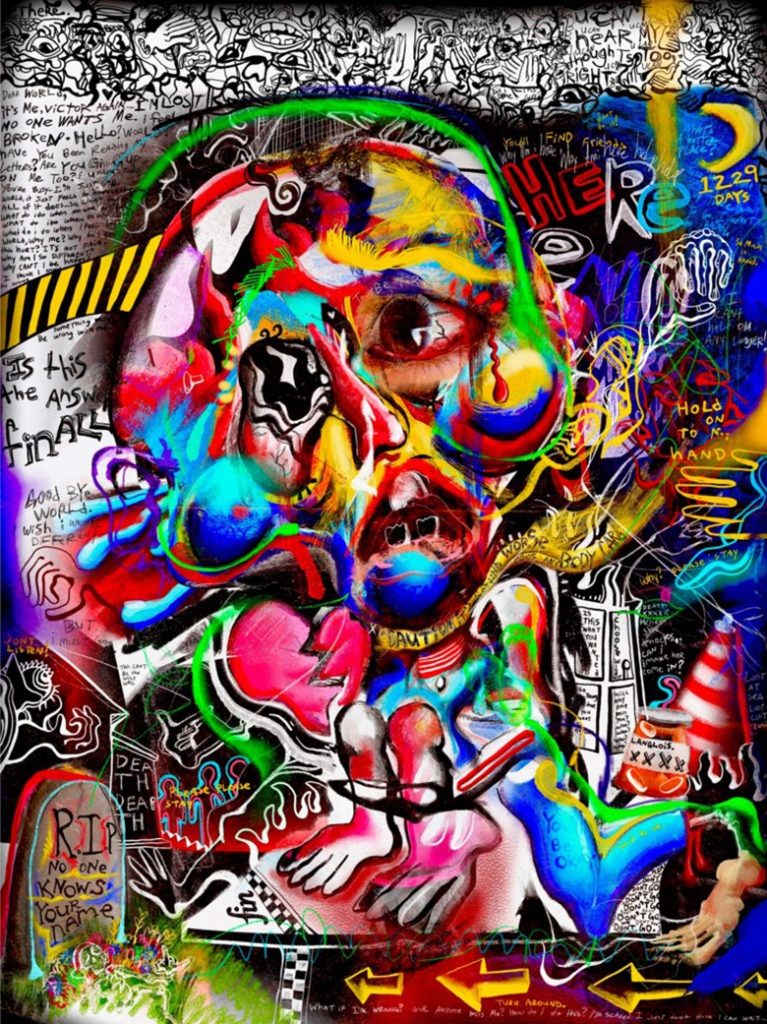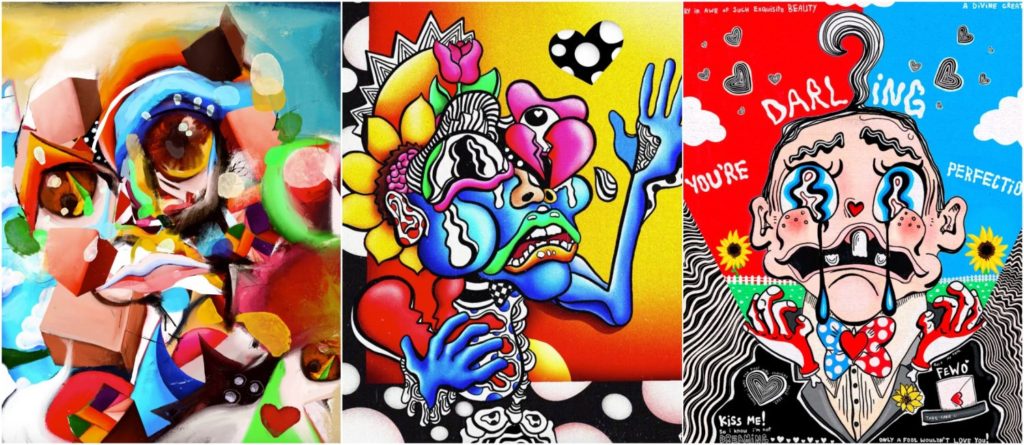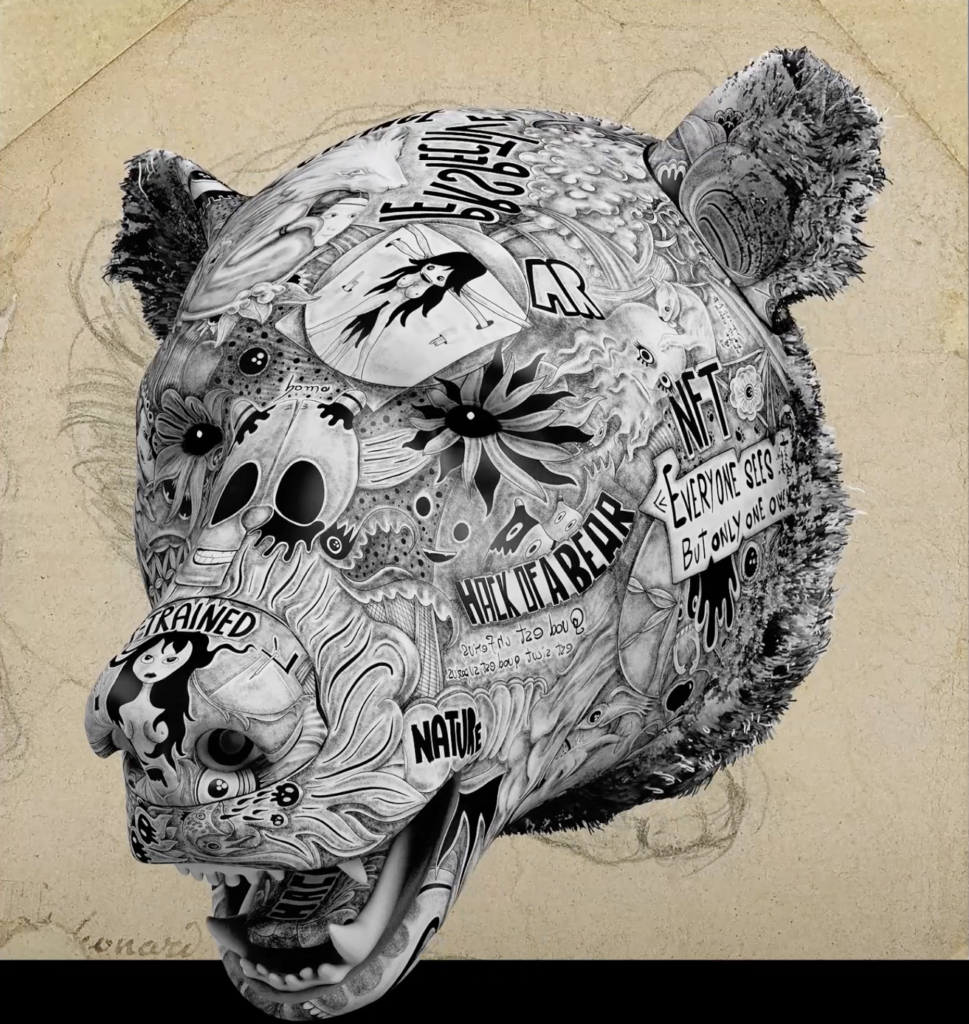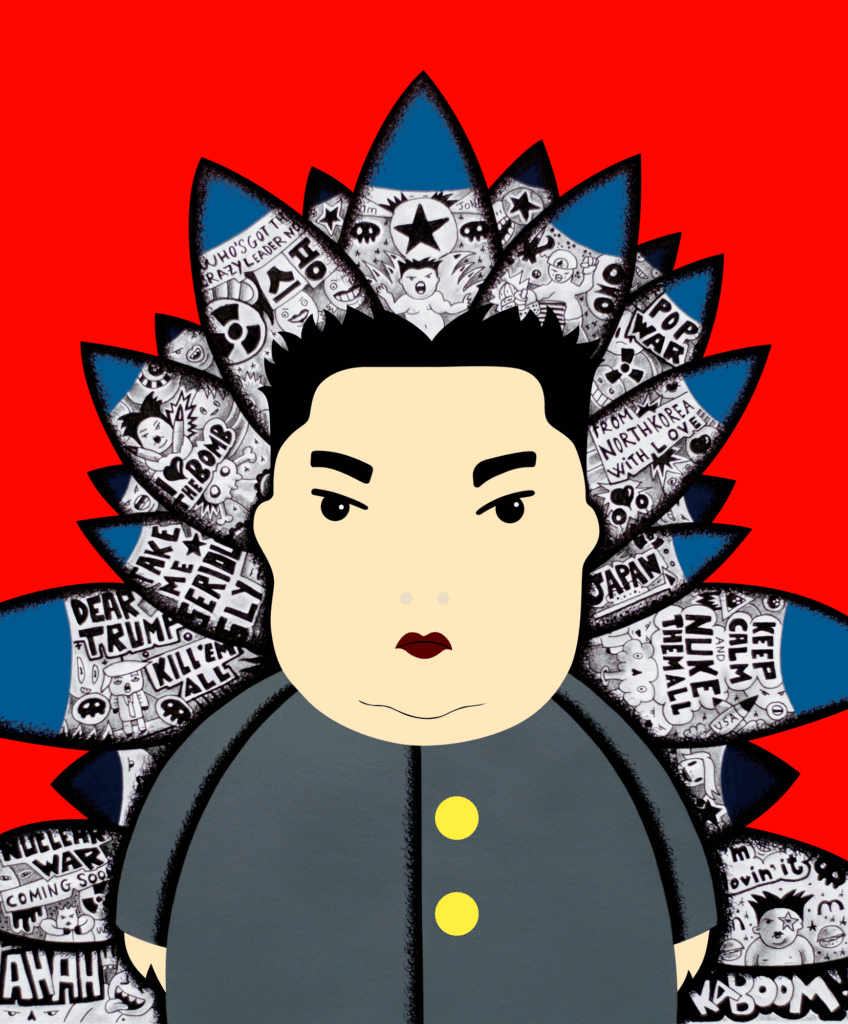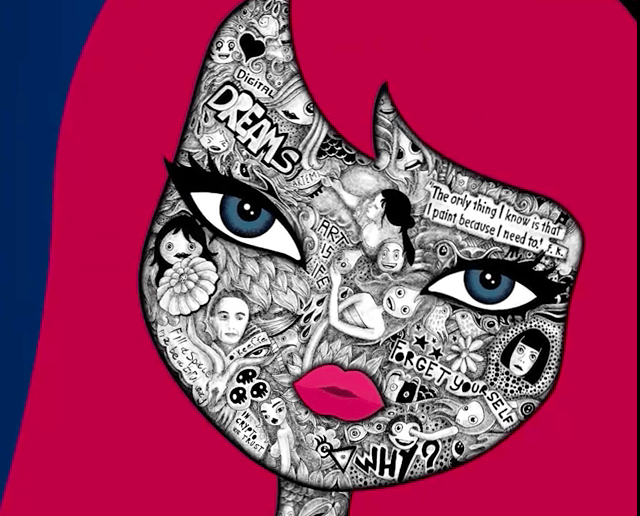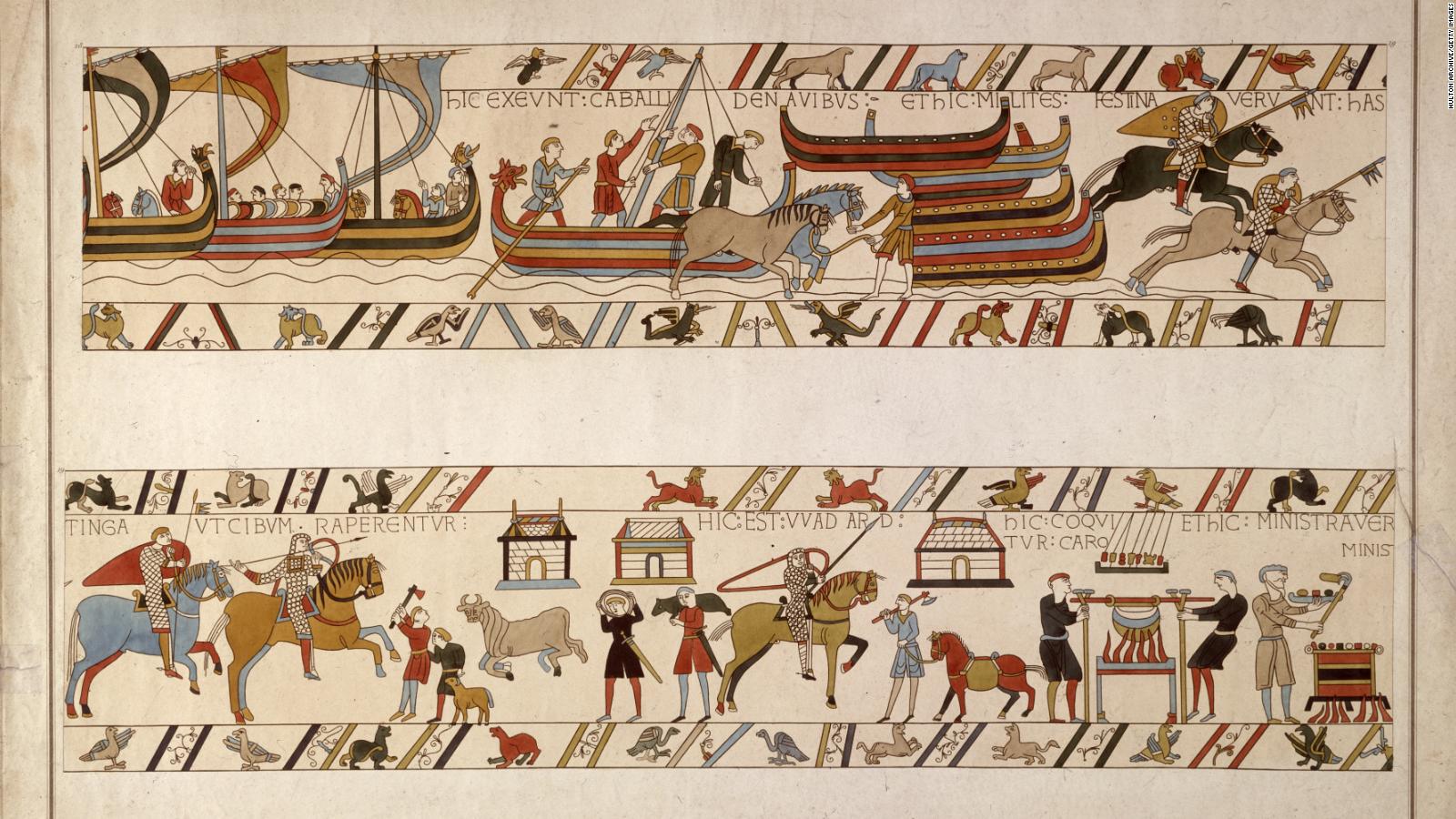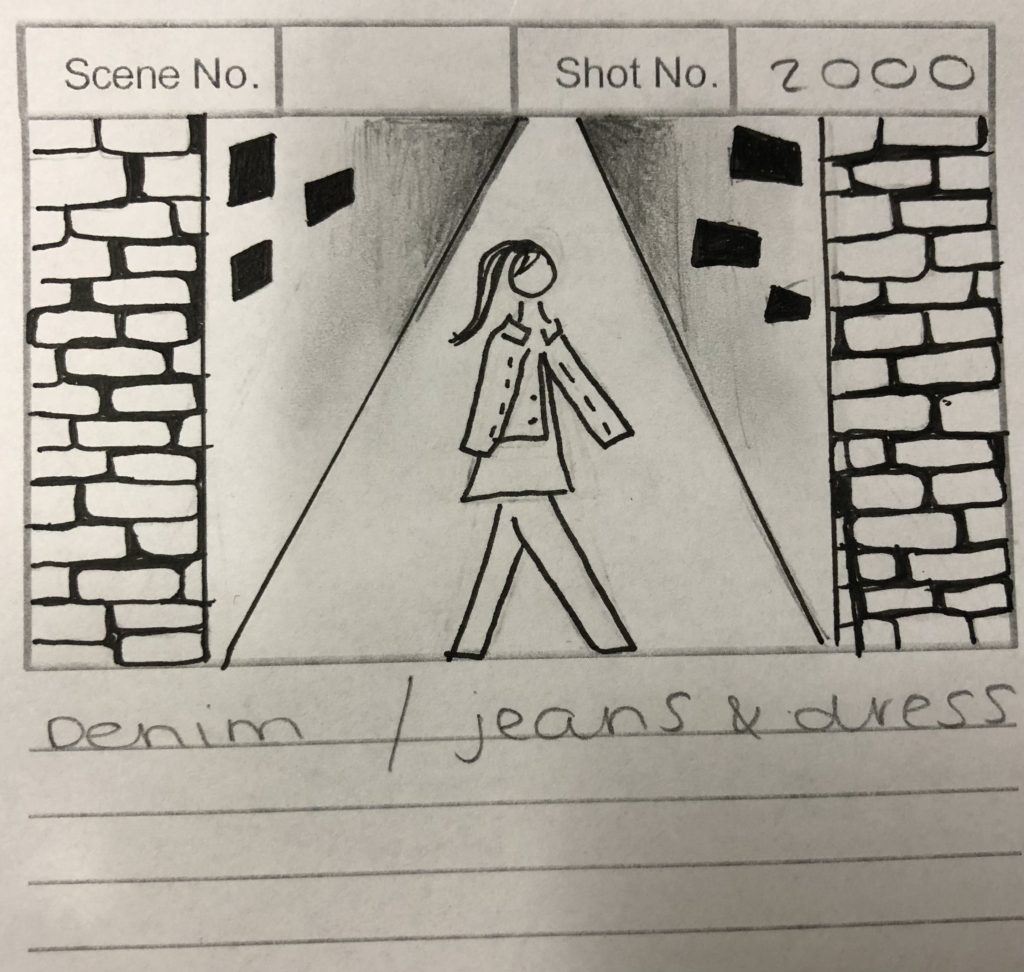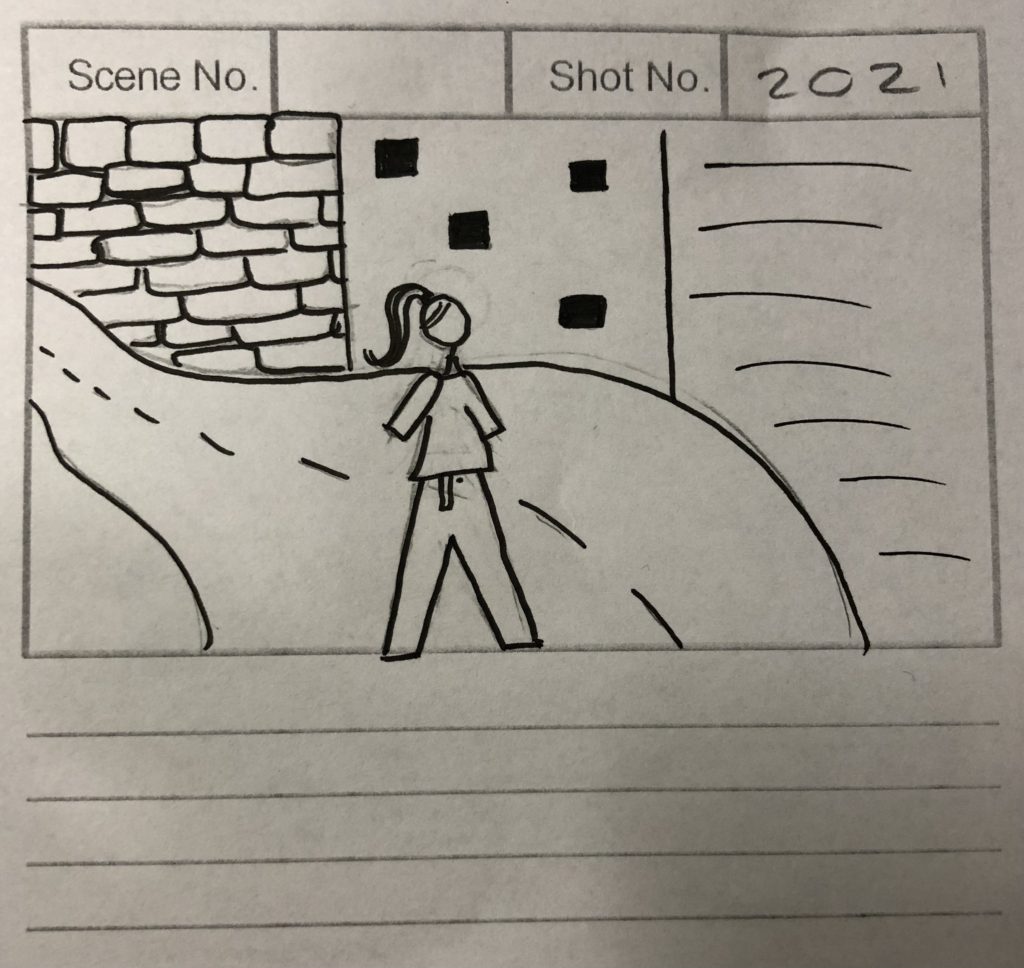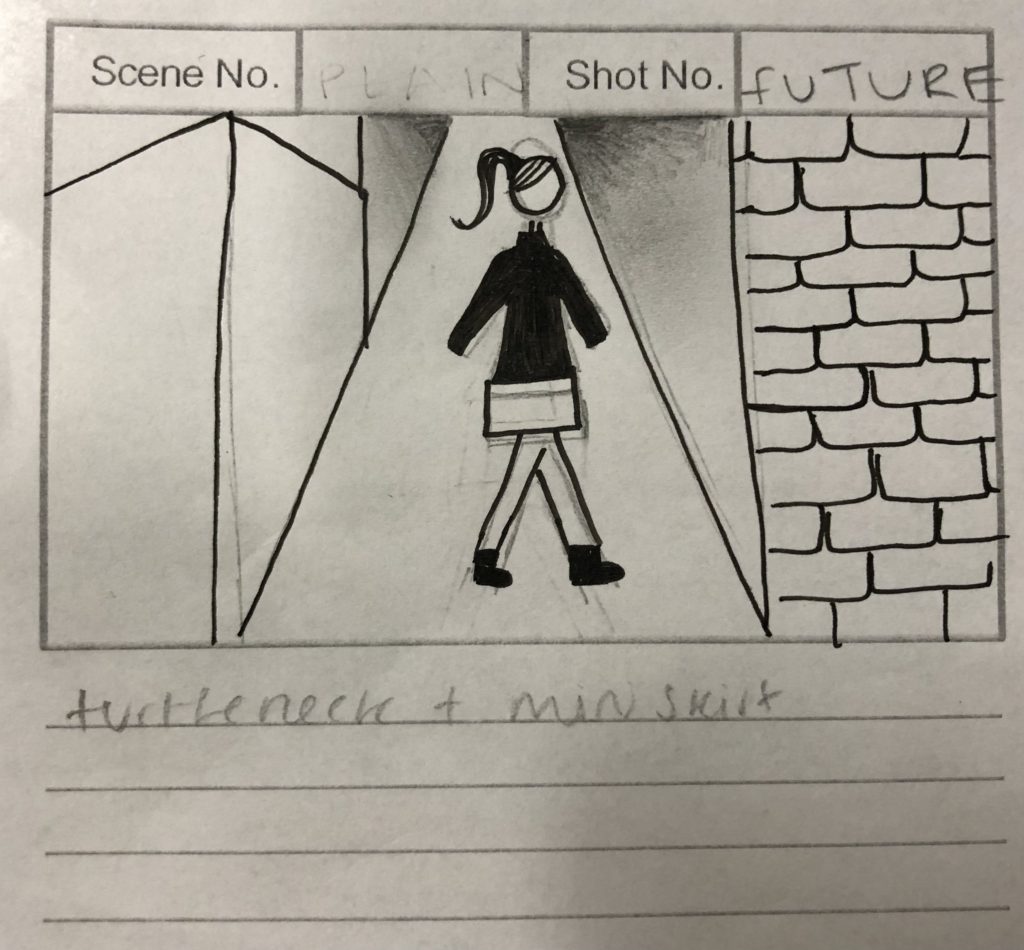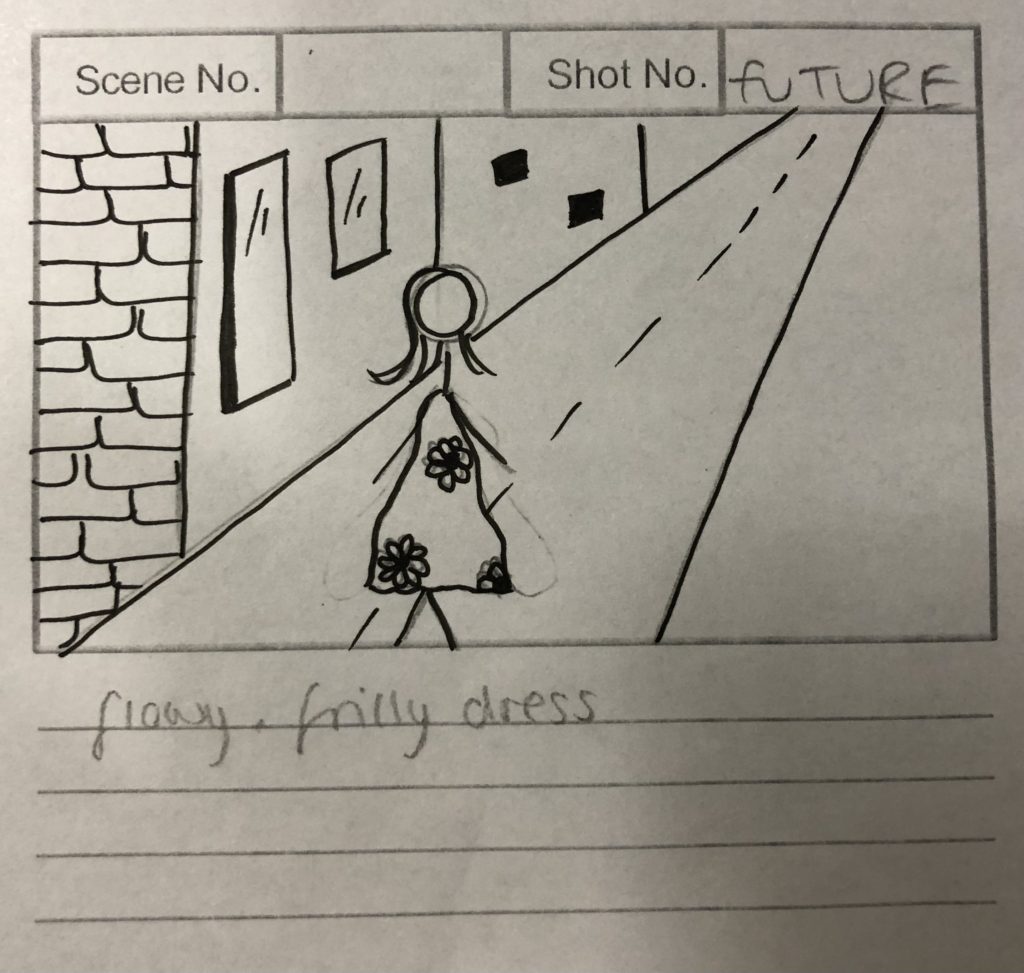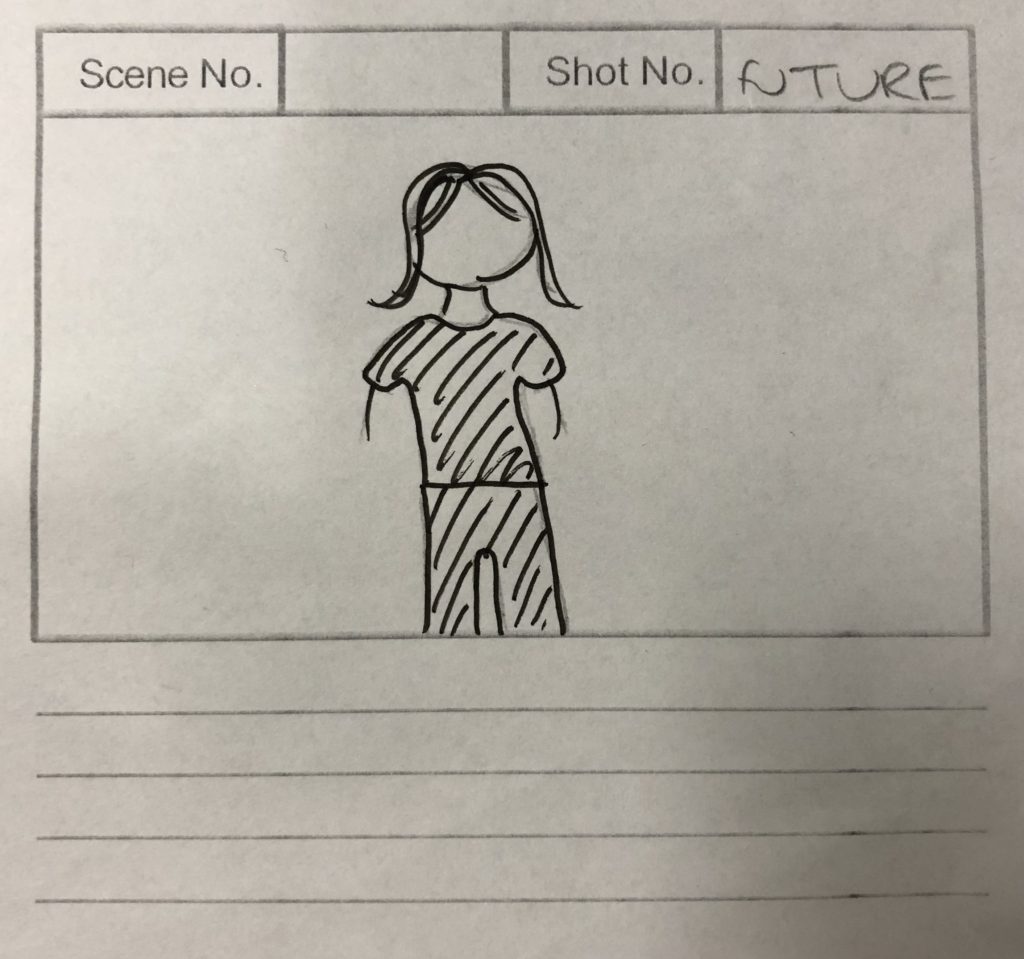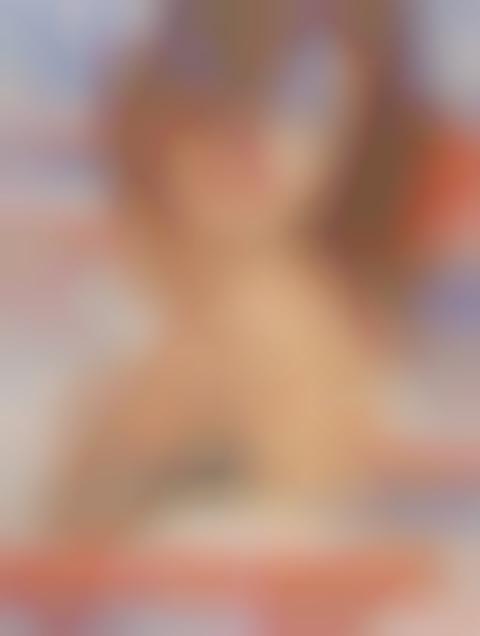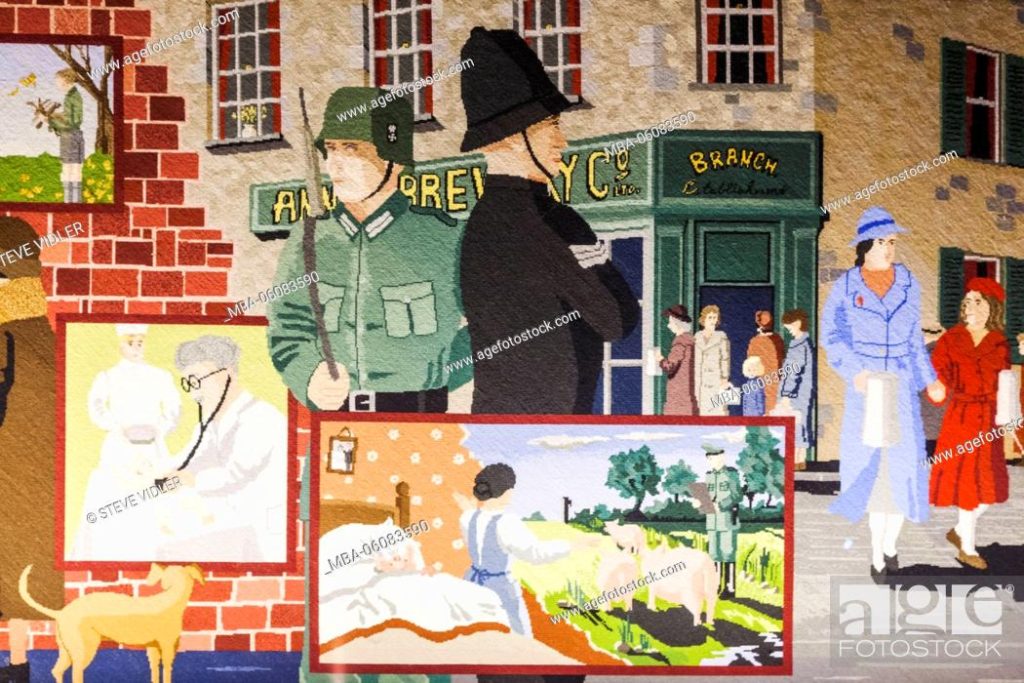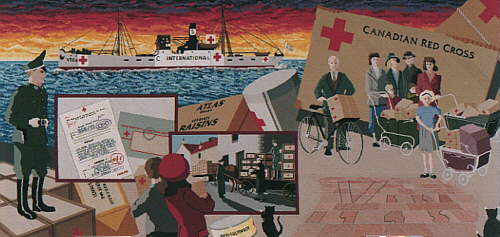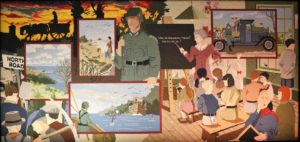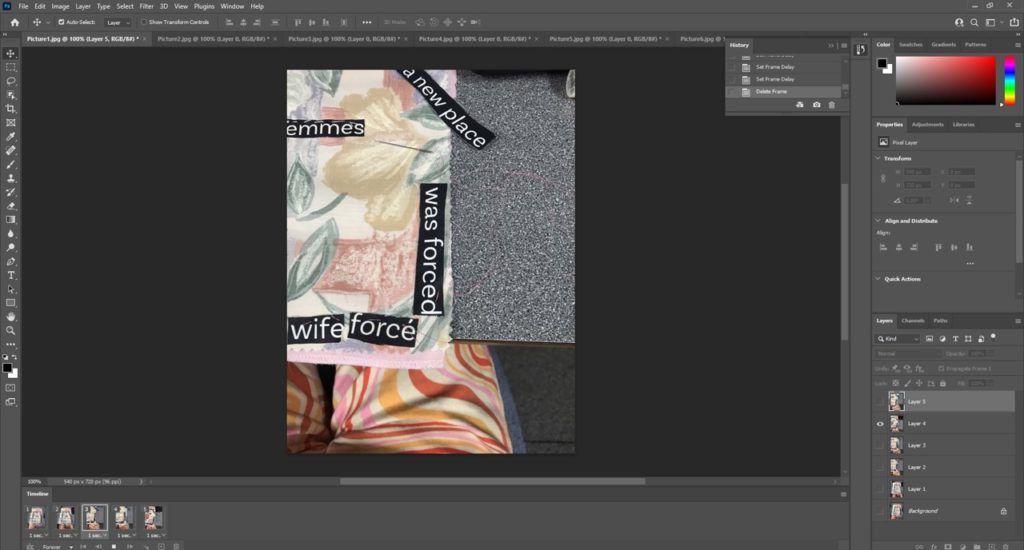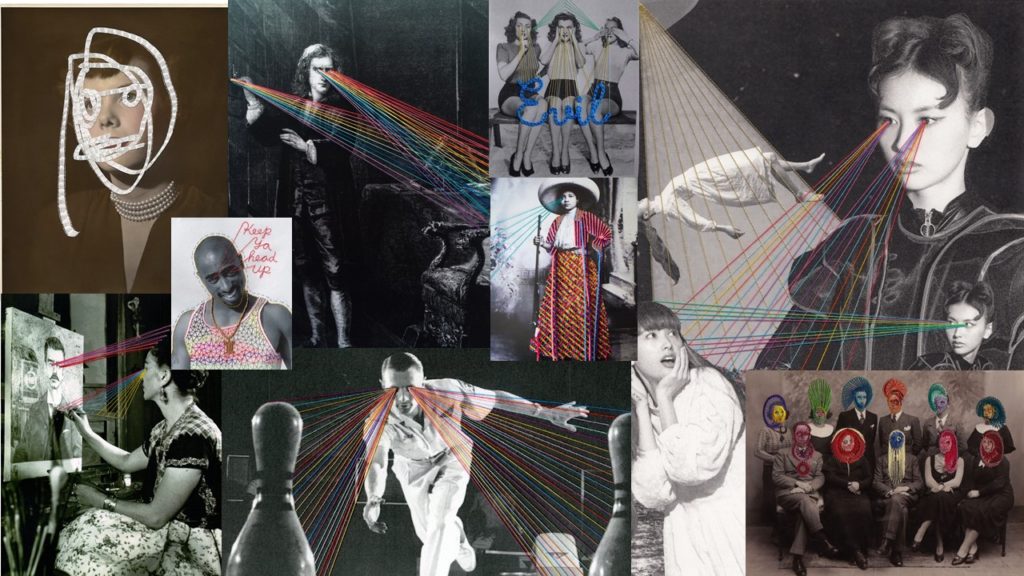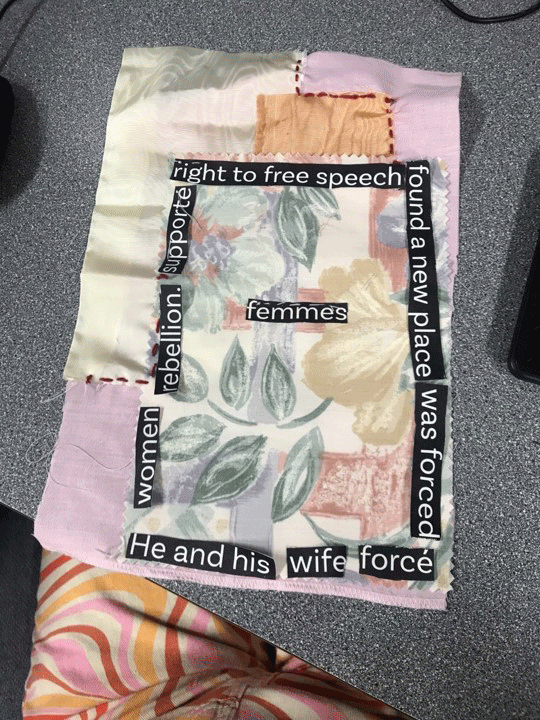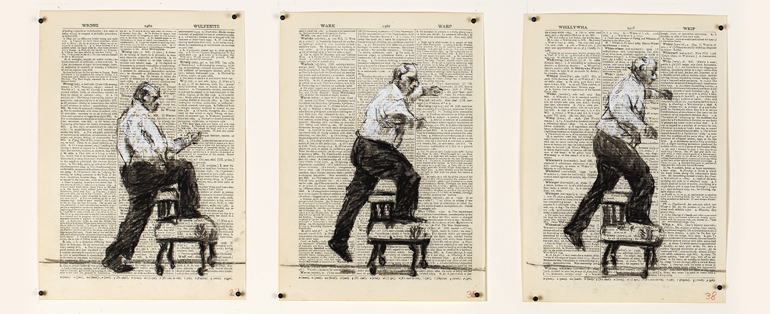Fewocious
Fewocious, AKA Victor Langlois, is an 18 year old digital artist, born in Las Vegas, USA, now based in Seattle known for his bold and emotive recreations of his memories growing up. Fewocious first began to create pieces of art at the age of 13 as an escape mechanism for his struggles as a transgender youth living in an abusive household. Due to this, Fewocious aims to replicate his emotions from these memories and translate them into his art, with most of them showing a sense of sadness and despair during his difficult times. He also incorporates aspects of his personal journal entries from these time periods to enhance these past representations of himself. Over the span of a year Fewocious has become one of the world’s leading digital artist, whilst also grossing over $17 million from his NFT artworks in under a year. In addition, Fewocious’ work comes to life through his slight use of animation in the NFT pieces, where aspects of the image move around in a GIF like manner. Fewocious claims that he draws his inspiration from various different artist such as surrealist Salvador Dali and Daniel Johnston’s children’s book illustrations.
Analysis

This piece of digital art created by Fewocious displays an abstract depiction of himself at the age of 14, consisting of a collage of different objects, shapes, words and expressions that remind him of this time in his life. Fewocious communicates this through the use of bright and almost luminescent tones in this piece. The focal point of this image appears to be the morphed face in the centre, expressing a sense of fear and fragility through the wobbled lines drawn in the eyes. The leading lines in this piece are created by what looks life a border surrounding the focal point, drawing the viewers eye across the top of the image, then down past the focal point into the far more busy bottom half of the piece, which contains most of the smaller and more hidden messages of the artwork. Fewocious has arranged this piece by leaving some areas of empty space at the top and then incorporating more and more artwork as you move down the image, in turn producing what feels like a bottom heavy piece.
The name of this artwork by Fewocious ‘Year 1, Age 14 — It Hurts To Hide, 2021‘ is referring to the first year of his journey as a trans youth, explaining the pain he had to endure whilst hiding his true identity, for the sake of his family, who refused to accept his need to become his genuine self. Fewocious has stated that “It goes from hiding, to accepting myself, and then realizing that I can just be myself.” about his artwork, with this piece being in the stage of hiding. It can be said that the focal point of the morphed face is looking up as it is searching for someone to help them escape and save them from their suffering. In addition, this morphed reality could be a reference to Fewocious’ sense of confusion in his gender identity accompanied by the rejection of his future self, causing him to feel as if he is caught in-between and unable to latch on to a secure sense of character and identity. Furthermore, the cluttered and bottom heavy aspect of this piece could be a signifier of his weighed down and possibly depressive feelings at this time of despair.
This links artist links with one aspect our group project idea that revolves around the communities of religion and LGBTQ+. This is due to the fact that the creator Fewocious is a part of the LGBTQ+ as he is a trans male. Moreover, we are aiming to display a similar sense of fear of to show your true identity in our work, as Fewocious does, however this will be through the repressive aspects associated with religion around the LGBTQ+ community, rather than a struggle that is more focused on family.
Hackatao
Hackatao, formed in Milan, Italy in 2007, is an artistic duo consisting of Sergio Scalet and Nadia Squarci who are known for their illustrative style artwork that comments of a variety of social issues, such as the environment, politics, humanity, cryptocurrencies and more. In addition, they also include elements of art history within their work. The duo got their artistic alias Hackatao from the combination of the two words ‘hacker’ meaning someone who overcomes challenges with creativity and ingenuity, and ‘tao’ for the principles of the Ying and Yang. Known as pioneers of the NFT world, Hackatao’s work is composed of two styles shown through two dimensional acrylic paint, and the black and white expressions of graphite. Furthermore, the duo are known to take inspiration from artists Takashi Murakami and Andy Warhol in order to create their surrealist pop like pieces. With this style, the duo have went on to collaborate with people such as Blondie, commenting on how the boarders of art and creativity need to be pushed and tested.
Analysis

This image, originally a GIF, created by the duo Hackatao displays a two dimensional caricature style portrayal of North Korean leader Kim Jong-Un, surrounded by missiles in the background of the piece. Here the vibrant, solid red background strongly contrasts against the black and white sketches and texts within the overlapping missiles. The framing of this piece allows for symmetry, due to the depiction of Kim Jong-Un being positioned in the centre. This is further accentuated by the line on the jacket of the caricature, dissecting the image in two symmetrical halves, also being continued by the parting of the hair and finally the point of the central missile. In addition, due to this busy centre of the piece, it leaves a large amount of empty space around the edges of the top half of the image.
This simplistic approach to political commentary by Hackatao could be said to be an attempt to showcase the rising tensions that existed between the USA and North Korea during the Trump administration. In its original animated GIF form this piece by Hackatao displays a skeleton form of the ‘supreme leader’ flashing in and out of the image above. With this it could be argued that Hackatao intended to show what the future could look like for these world leaders, and their countries, if they allowed their egos get the better of them and start a devastating nuclear war. In addition, it can also be said that this nuclear topic is presented in a comical manner, due to the fact that some phrases in the missiles state things such as ‘Keep calm and nuke them all’ and ‘Kaboom’. This may be a reference to the way Hackatao and others may perceive these leaders as infantile and uncapable of leading a country, due to their tendency to have tantrums when they are refused power.
As well as the fact that this artistic duo deal with humanitarian, social and political issues, this style of art links with our NFT group project aim as it incorporates written quotes and texts. This relates to our work as in our still images and our film we are wanting to incorporate protest signs that contend the overlay of the LGBTQ+ and religious communities, in order to display the challenges people who belong to these two groups face in society.



